As a key component of boiler equipment, boiler tubes are widely used in thermal power, industrial boilers, central heating and other fields, and their quality and performance are directly related to energy conversion efficiency and operation safety.According to incomplete statistics, the amount of boiler tubes used in a million-kilowatt ultra-supercritical thermal power unit can reach thousands of tons, covering various key parts from the heating surface of the furnace to the steam pipeline.The field of industrial boilers is also an important place for boiler tubes. In many industrial subdivisions such as chemical industry, metallurgy, papermaking, building materials, etc., the production process is inseparable from the heat energy provided by steam. The smelting and forging links of the metallurgical industry require a large amount of high-heat steam to ensure the smooth process, and the paper mill cooking and drying paper are also based on steam as the key driving force.
Boiler tubes are also an indispensable part of the central heating system in the northern region. With the acceleration of urbanization and the improvement of residents' quality of life, the coverage of central heating continues to expand.
What are the application areas of boiler tubes?
1. Bearing pressure and conveying high-temperature steam or hot water
During the operation of the boiler, the boiler tube is used to convey water, steam or superheated steam under high temperature and high pressure conditions. It must have good heat resistance, pressure resistance and corrosion resistance, and be able to operate stably for a long time under extreme working conditions.
2. As the core component of heat exchange inside the boiler
The boiler tube is responsible for transferring the heat energy released by boiler combustion to water or steam, and is the core of the heat exchange system. The hot gas generated by boiler combustion heats the water inside the tube through the outside of the tube, causing it to boil and vaporize, completing energy conversion.
3. Applied to different parts of the boiler to meet different functional requirements
Water Wall Tubes: Arranged on the inner wall of the furnace, absorbing radiant heat, heating water into saturated steam, and is a component of the furnace.
Superheater Tubes: Heat saturated steam into superheated steam to increase steam temperature and thermal efficiency.
Reheater Tubes: Reheat the steam that has done work in the turbine to improve energy utilization.
Economizer Tubes: Use flue gas waste heat to preheat boiler feed water, improve thermal efficiency and reduce energy consumption.
4. Widely used in boiler systems in power, petrochemical, metallurgy and other industries
Boiler tubes are not only used in thermal power boilers in power plants, but also widely used in industrial boilers, waste heat boilers, biomass boilers and other equipment. Common application areas include:
Thermal power plants
Petrochemical plants
Urban central heating systems
Steel smelters
Steam supply systems in industrial production processes such as papermaking, food, and pharmaceuticals
5. Special requirements for high temperature and high pressure conditions
Boiler tubes must meet strict standards, such as China's GB5310 standard, the United States ASTM A192/A210/A213/A335, etc. Common materials include carbon steel, alloy steel, stainless steel, etc. to cope with different temperature, pressure and corrosion conditions.
ASME SA213 boiler tube and stainless steel tube application
1. General service industry (petroleum, food, chemical, papermaking, fertilizer, textile, aviation, nuclear energy)
2. Fluid, gas and oil transportation
3. Pressure and heat transfer
4. Construction and decoration
5. Boiler heat exchanger
6. Decorative use (street lighting facilities, bridge handrails, highway railings, bus stations, airports and stadiums) boilers, auto parts, medical equipment, building materials, food industry

Standards and materials for boiler tubes
The main implementation standards for boiler tubes, including GB/T 5310-2017 "Seamless Steel Tubes for High-Pressure Boilers", GB/T 3087-2008 "
Seamless Steel Tubes for Low- and Medium-pressure Boilers", GB/T 14976-2012 "Stainless Steel Seamless Tubes for Fluid Transportation"; International standards include ASTM A106/A106M - 2019 "Seamless Carbon Steel Pipes for High Temperatures" (American Society for Testing and Materials standards), EN 10216 - 2 "Seamless Steel Pipes for Pressure Applications - Technical Conditions for Delivery - Part 2: Non-alloy and Alloy Steel Pipes with Specified High Temperature Properties" (European Standards), etc. Please refer to Table 2 for specific materials and application fields.
In 2025, opportunities and challenges coexist in China's boiler tube market. On the demand side, the annual demand for boiler tubes is expected to be about 2 million tons, an increase of 15%-25% year-on-year in 2024. Industrial boilers are driven by energy-saving renovations, and the demand is stable and rising. Although the amount of new energy power generation such as solar thermal and biomass energy is still small, its potential is beginning to appear. On the supply side, leading enterprises continue to consolidate their market positions by virtue of their advantages in technology and scale, and the industry concentration has increased. In terms of policy, environmental protection and energy efficiency standards have become stricter, and high-end and green development of products have been promoted. However, the international trade situation and the fluctuation of raw material prices have added uncertainty to the market, and enterprises need to refine their technology and control costs in order to move forward steadily in the wave of change.






 English
English Español
Español بالعربية
بالعربية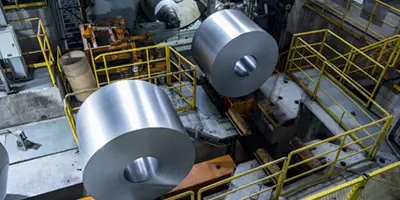
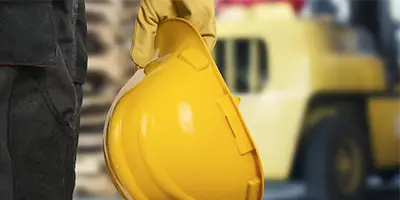
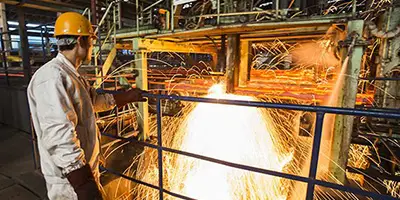
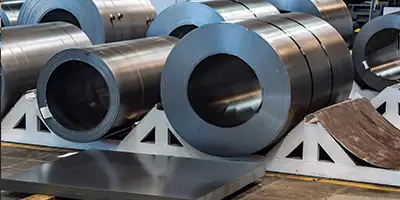

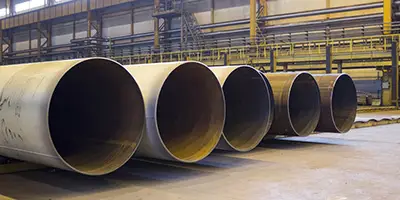
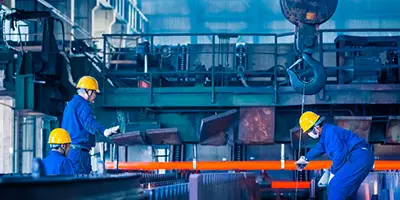
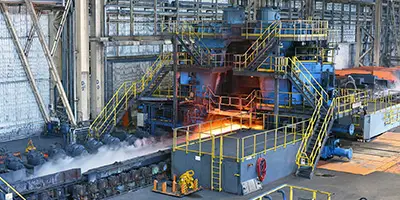
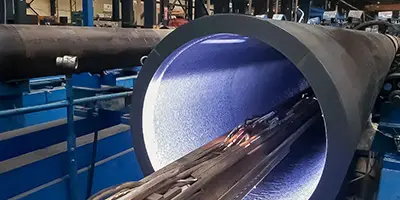
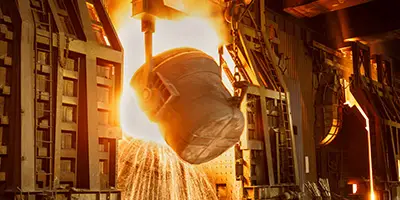
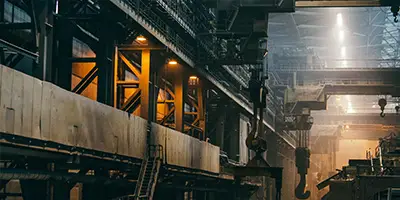

 Phone :
Phone :  Whatsapp :
Whatsapp :  Email :
Email : 


